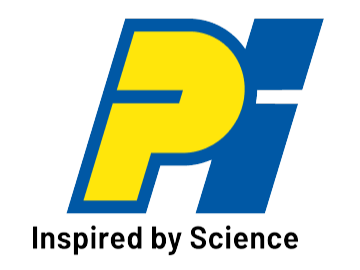Climate Action
Powering Progress with Clean Energy
Energy transition is an operational priority. Our growing shift towards renewable energy reflects our commitment to responsible manufacturing, emissions reduction, and long-term energy resilience. We are actively integrating solar, wind, and clean power sources across our sites, optimising processes, and innovating at every step to decouple growth from carbon.
Impact So Far
Every percentage point counts when it comes to cleaner energy. And we’re just getting started.
%
Energy Savings via Mother Liquor Recycling in Three Products
%
Total Electricity Consumption is Powered by Renewables
%
Reduction in Power Consumption via Energy-Efficient Chiller Systems
%
Total Power Savings from VFDs and Motor Upgrades
Cutting Emissions at the Source
Tracking, reducing, and rethinking emissions, from every site, system, and supply chain partner. From raw material sourcing to last-mile energy use, we’re actively reducing our carbon footprint across Scope 1, 2, and 3 emissions.
Empowering Through Efficiency
We believe the cleanest unit of energy is the one not consumed. That’s why our renewable strategy is paired with aggressive energy optimisation, through compressor redesign, nitrogen-to-air replacement, chiller upgrades, and heat recovery systems.
Building a Low-Carbon Future
Our roadmap is built around impact, accountability, and scalability. With formal tracking of Scope 1 and 2 emissions and continuous audits of energy usage patterns, PI’s renewable energy adoption is backed by science and driven by purpose.
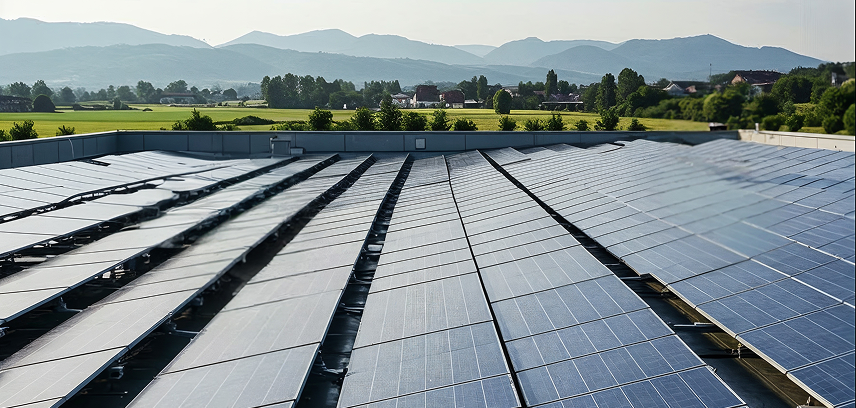
A Phased, Scalable Transition
We’re taking a phased, location-specific approach to renewable integration. Each of our manufacturing units is evaluated for rooftop solar, energy-efficient retrofits, and renewable procurement models, balancing feasibility with long-term sustainability returns.
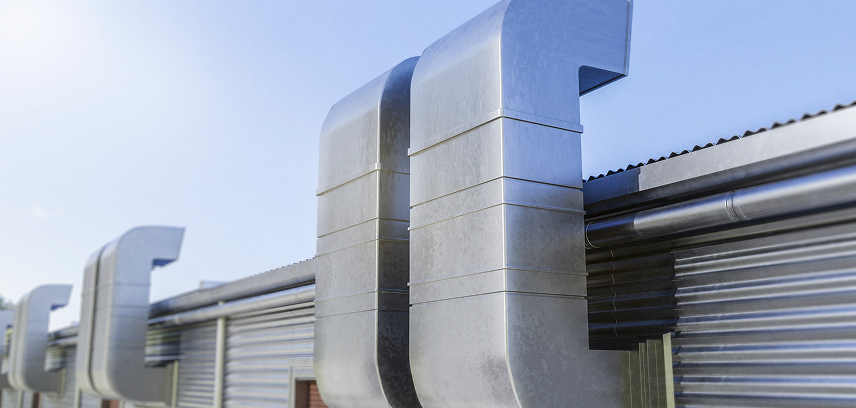
Empowering Through Efficiency
We believe the cleanest unit of energy is the one not consumed. That’s why our renewable strategy is paired with aggressive energy optimisation, through compressor redesign, nitrogen-to-air replacement, chiller upgrades, and heat recovery systems.

Building a Low-Carbon Future
Our roadmap is built around impact, accountability, and scalability. With formal tracking of Scope 1 and 2 emissions and continuous audits of energy usage patterns, PI’s renewable energy adoption is backed by science and driven by purpose.
Data-Driven Climate Action
Our climate action strategy is built on transparency, efficiency, and continuous progress. We measure what matters across Scope 1 and 2 emissions, carbon intensity, and energy use to deliver meaningful environmental outcomes.
Scope 1 Emissions (FY24)
Scope 2 Emissions (FY24)
per INR Million Revenue
%
Emissions Tracked and Reported
Process Improvements Implemented Across Sites
%
Hazardous Waste Diverted from Landfills
37.7K MT
Scope 1 Emissions (FY24)
113.76K MT
Scope 2 Emissions (FY24)
1.99 MT CO₂e
per INR Million Revenue
100%
Emissions Tracked and Reported
20+
Process Improvements Implemented Across Sites
95%
Hazardous Waste Diverted from Landfills
Built to Emit Less, Engineered to Improve
From cleaner inputs to smarter operations PI’s emissions strategy combines real-time monitoring, energy efficiency, and long-term system redesign to drive meaningful, measurable reductions.
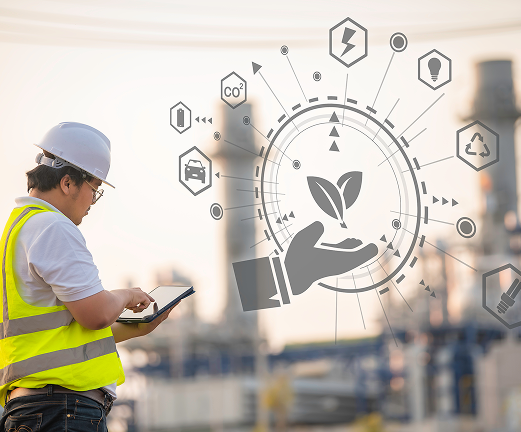
Driving Decarbonisation Across Operations
We’re rethinking how we design, build, and run our plants to ensure every watt, material, and molecule counts.
Smarter Systems, Cleaner Outputs
Whether it’s capturing fugitive emissions, implementing closed-loop utilities, or reducing dependency on carbon-intensive inputs, our efforts are aimed at long-term impact—not short-term compliance.
Towards Net-Zero Goals
Our vision aligns with India’s national climate commitments and global sustainability benchmarks. We’re building the right foundations, renewable integration, circular design, and supplier engagement, to get there meaningfully.
Cleaner operations. Smarter systems. Shared responsibility.
Every site, every process, and every partnership is aligned to reduce emissions, improve efficiency, and accelerate the shift to cleaner energy. We combine operational upgrades with long-term planning, integrating sustainability into how we build, power, and grow.
Layers of Emissions Reduction at PI
Energy Efficiency Upgrades
Optimising utilities with smart motors, chillers, and variable frequency drives (VFDs). 8 %+ total power savings achieved through system upgrades.
Process Reengineering
Redesigning chemical and utility processes to consume less and emit less. 10–30 % energy saved through solvent recycling in select products.
Real-Time Monitoring
Live data tracking across sites to spot leaks, reduce fugitive emissions, and optimise energy usage.
Emissions Tracking & Reporting
Formalised monitoring of Scope 1 and 2 emissions with clear emission intensity benchmarks. 1.99 MT CO₂e per INR million revenue (FY24)
Team Training & Ownership
Empowering employees with training and tools to lead localised climate action. 220+ hours of energy conservation training delivered.
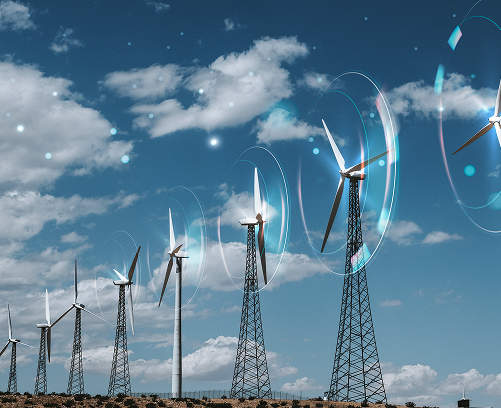
Renewable Energy Integration
Scaling solar and wind across plants to reduce dependence on fossil fuels. 17.56 % of total energy now comes from renewables.
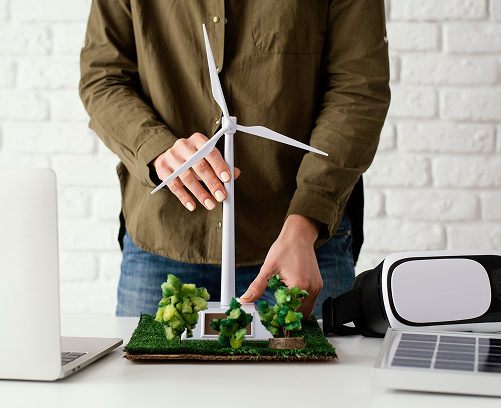
Energy Efficiency Upgrades
Optimising utilities with smart motors, chillers, and variable frequency drives (VFDs). 8 %+ total power savings achieved through system upgrades.

Process Reengineering
Redesigning chemical and utility processes to consume less and emit less. 10–30 % energy saved through solvent recycling in select products.

Real-Time Monitoring
Live data tracking across sites to spot leaks, reduce fugitive emissions, and optimise energy usage.

Emissions Tracking & Reporting
Formalised monitoring of Scope 1 and 2 emissions with clear emission intensity benchmarks. 1.99 MT CO₂e per INR million revenue (FY24)

